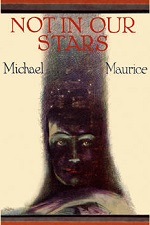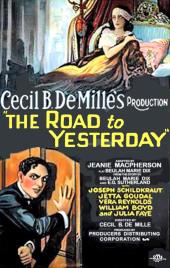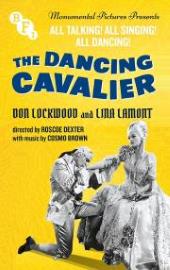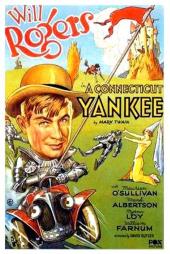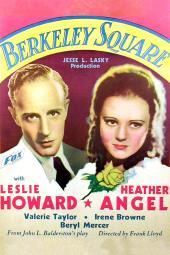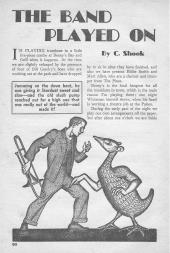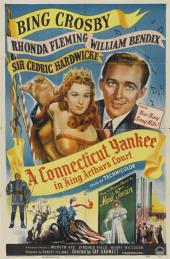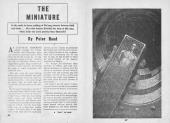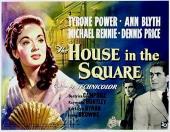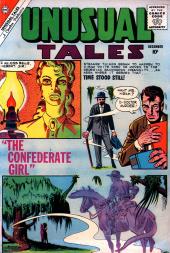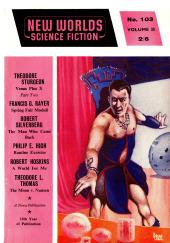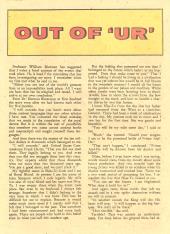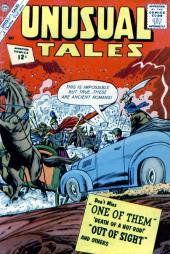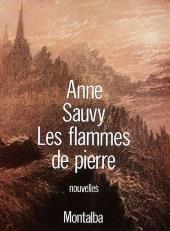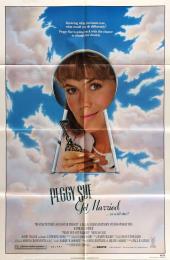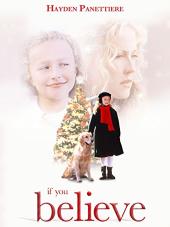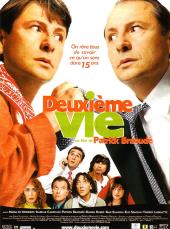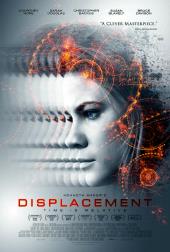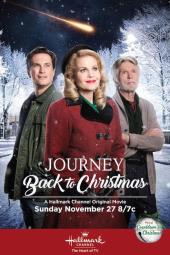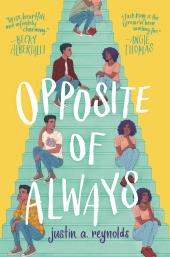Nonfiction Book
An Adventure
- by C. A. E. Moberly and E. F. Jourdain
- (Macmillan, 1911)
In an academic voice, the two authors relate how they slipped into the time of Louis XVI and Marie Antoinette during their visits to the Palace of Versailles. —Michael Main
Following the directions of the two men we walked on: but the path pointed out to us seemed to lead away from where we imagined the Petit Trianon to be; and there was a feeling of depression and loneliness about the place. I began to feel as if I were walking in my sleep; the heavy dreaminess was oppressive. At last we came upon a path crossing ours, and saw in front of us a building consisting of some columns roofed in, and set back in the trees. Seated on the steps was a man with a heavy black cloak round his shoulders, and wearing a slouch hat. At that moment the eerie feeling which had begun in the garden culminated in a definite impression of something uncanny and fear-inspiring. The man slowly turned his face, which was marked by smallpox: his complexion was very dark.


